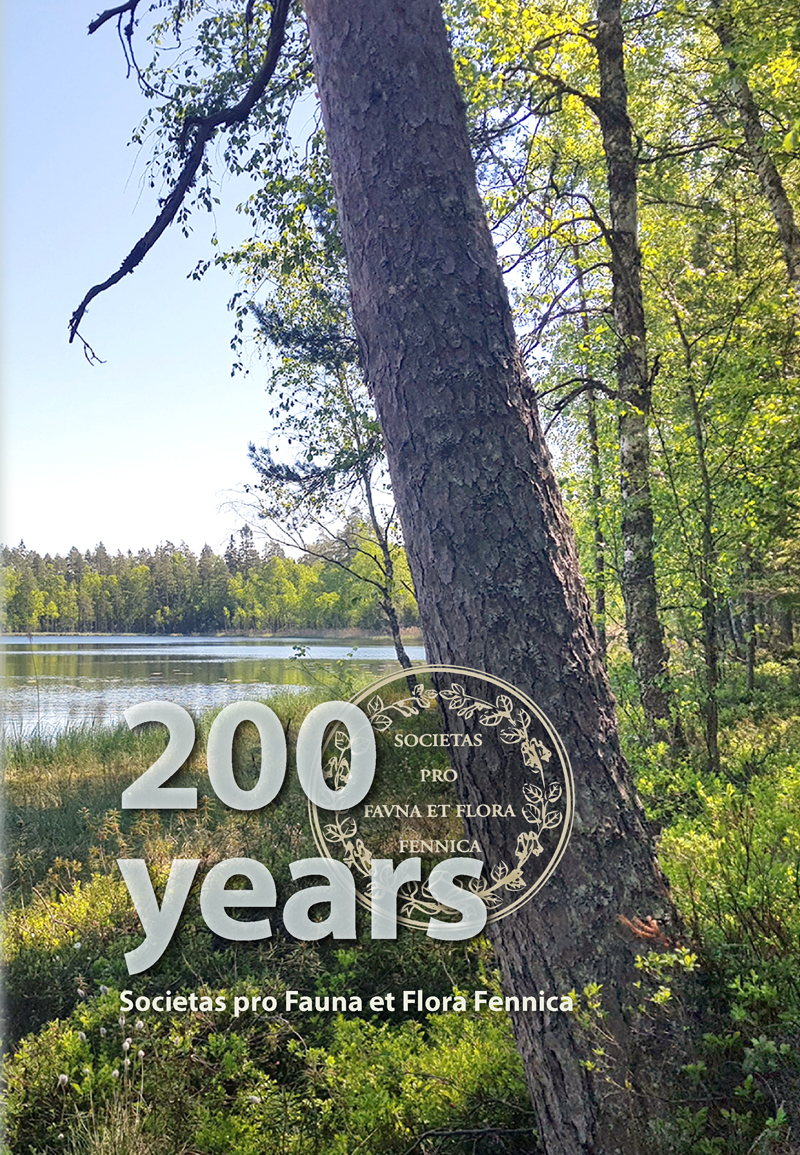What can the long-term ecological monitoring of the Åland islands meadow network tell us about changes in Finnish nature?
Abstract
Human induced changes in land use and in climate are having severe impact on natural populations and communities, as evidenced by recently reported declines in insects. Quantifying change and understanding the drivers underlying these changes requires long-term systematically monitored ecological data. The occurrence and abundance of the Glanville fritillary (Melitaea cinxia) butterfly in the Åland islands has been monitored across the 4 000 potential habitat patches continuously since 1993. This classic metapopulation has become an ecological model system in understanding how species persist in fragmented landscape. Due to the systematic long-term survey, we are now beginning to see also how on-going changes related to climate are affecting the ecology and population dynamics of the butterfly. As many other butterflies globally and in Finland, the Glanville fritillary butterfly also shows declining population trends in the Åland islands. In addition, the metapopulation fluctuations have become more synchronous in space with especially dry and warm summers having the most negative effect on the species overall.




